Finches and Canaries
Finches and canaries are small birds that belong to the order Passeriformes, also known as passerines. There are numerous different species of finch with examples like the zebra finch, society finch and gouldian finch commonly found in the pet trade. Canaries have been bred in captivity for years and many different breeds are available such as the gloster, Yorkshire and Norwich. Many people keep these birds for their exquisite beauty, attractive songs, and entertaining personalities.
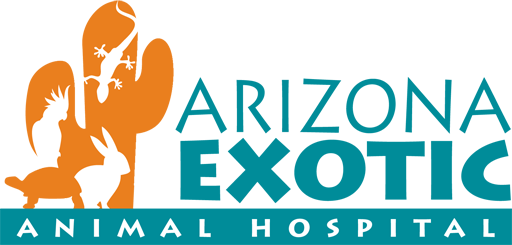



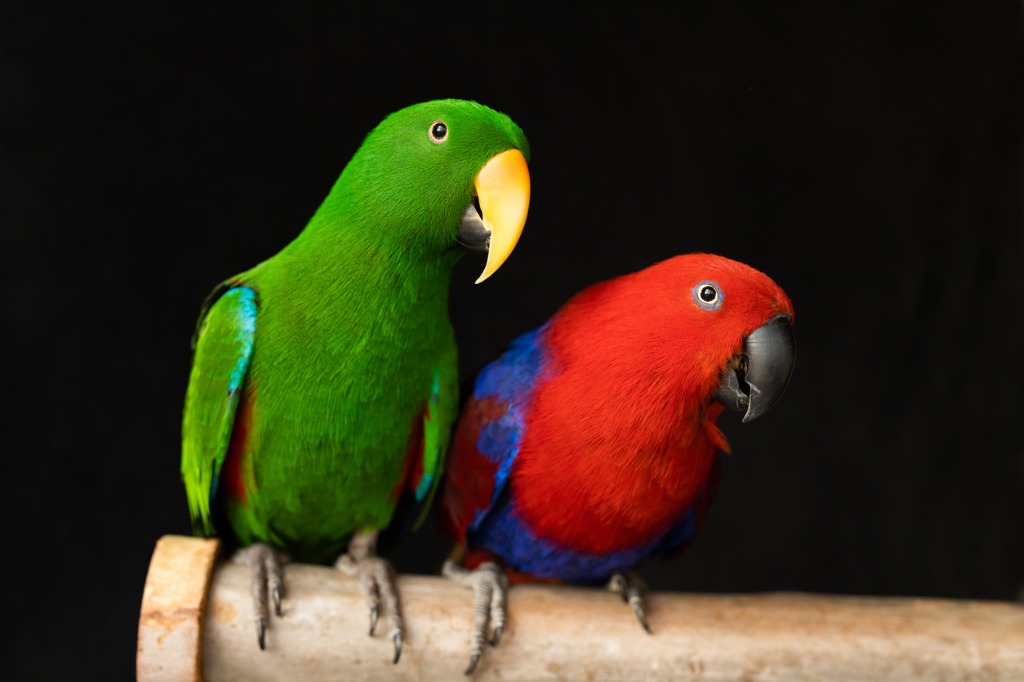 Eclectus parrots are often admired for their beauty and calm nature. They are unique in the parrot world because the male and female sex can be easily distinguished. Females are red while males are green. There are several different subspecies that are found in the Solomon islands, northeastern Australia, Maluku islands, New Guinea and Sumba.
Eclectus parrots are often admired for their beauty and calm nature. They are unique in the parrot world because the male and female sex can be easily distinguished. Females are red while males are green. There are several different subspecies that are found in the Solomon islands, northeastern Australia, Maluku islands, New Guinea and Sumba. 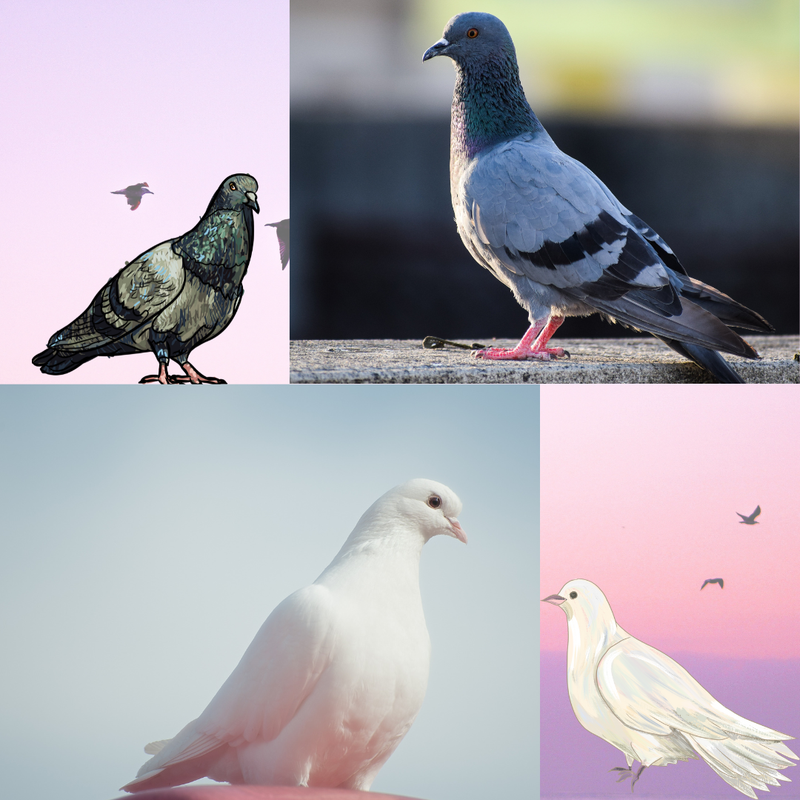
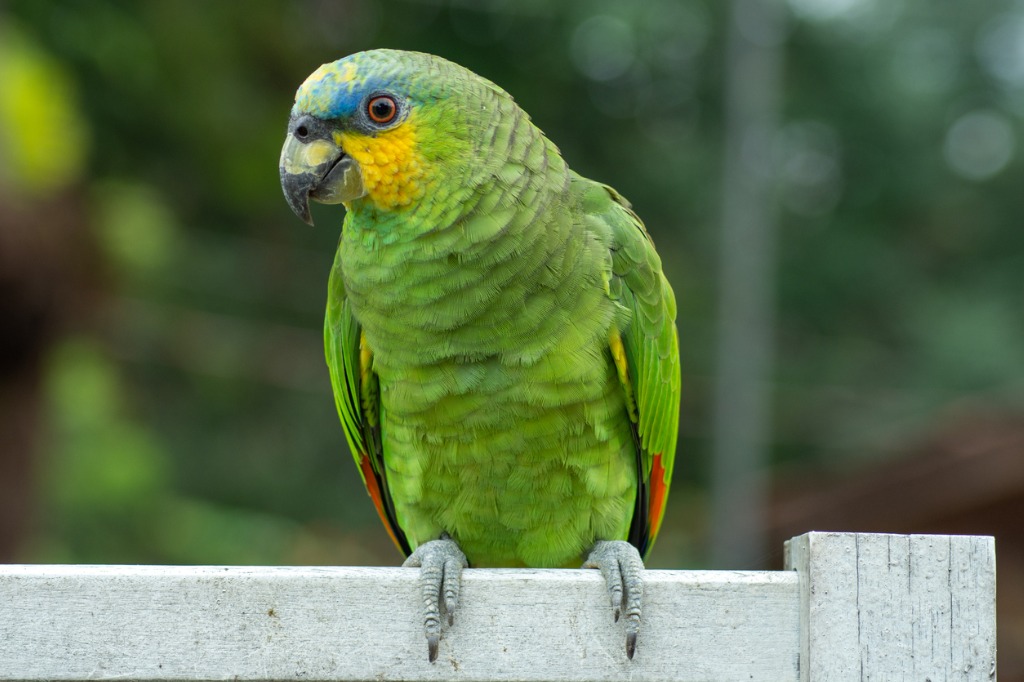 Amazons consist of a wide group of medium sized parrots native to Central and South America. They have short tails and are often mostly green in color. Naturalized flocks of Amazon parrots of various species can be found living in certain parts of southern California. Although no one knows for certain exactly how they got there, they certainly are thriving! Amazons are very vocal and can be quite entertaining. Some have extensive vocabularies and they seem to enjoy singing.
Amazons consist of a wide group of medium sized parrots native to Central and South America. They have short tails and are often mostly green in color. Naturalized flocks of Amazon parrots of various species can be found living in certain parts of southern California. Although no one knows for certain exactly how they got there, they certainly are thriving! Amazons are very vocal and can be quite entertaining. Some have extensive vocabularies and they seem to enjoy singing.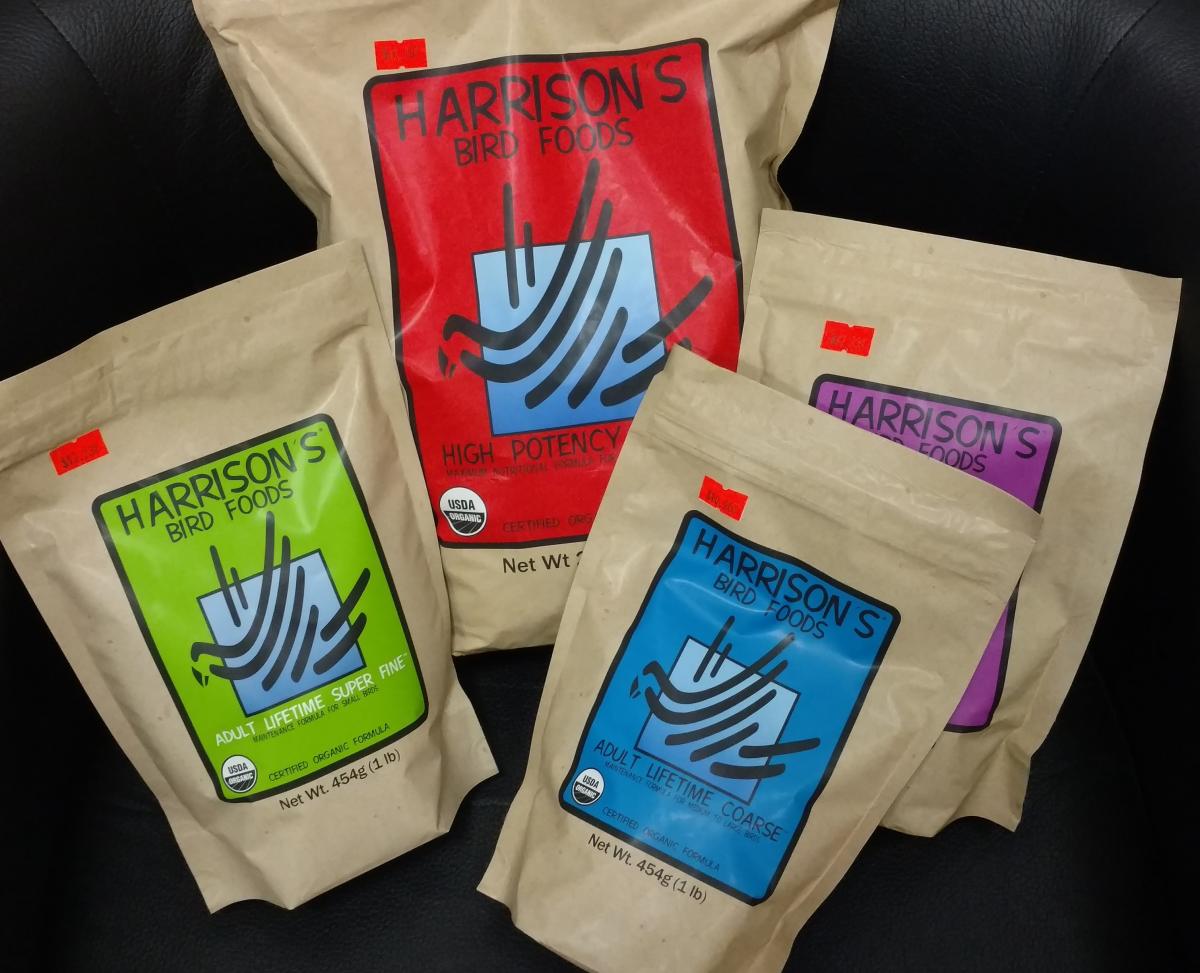 Everyone knows that eating a good diet is one of the best things we can do to stay healthy and the same is true for our pet birds. The question that we must then ask is “What is the best diet for our birds?” Of course this will vary for the species in question but there is an unfortunate misconception out there that seeds are all a pet bird needs to stay healthy. This has led to many pet birds developing nutritional disorders and therefore, seed alone diets have been implicated as a problem. It is true that in the wild, seeds are consumed by many species of birds but that is not all they eat. Parrots in the wild will eat various types of seeds, nuts, fruits, beans, flowers, and even foliage from plants. The varieties of seeds that are foraged for in the wild are numerous and different studies have shown birds to consume greater than 20 different seed types. In captivity many of our seeds mixes only have 5-7 different types of seeds.
Everyone knows that eating a good diet is one of the best things we can do to stay healthy and the same is true for our pet birds. The question that we must then ask is “What is the best diet for our birds?” Of course this will vary for the species in question but there is an unfortunate misconception out there that seeds are all a pet bird needs to stay healthy. This has led to many pet birds developing nutritional disorders and therefore, seed alone diets have been implicated as a problem. It is true that in the wild, seeds are consumed by many species of birds but that is not all they eat. Parrots in the wild will eat various types of seeds, nuts, fruits, beans, flowers, and even foliage from plants. The varieties of seeds that are foraged for in the wild are numerous and different studies have shown birds to consume greater than 20 different seed types. In captivity many of our seeds mixes only have 5-7 different types of seeds.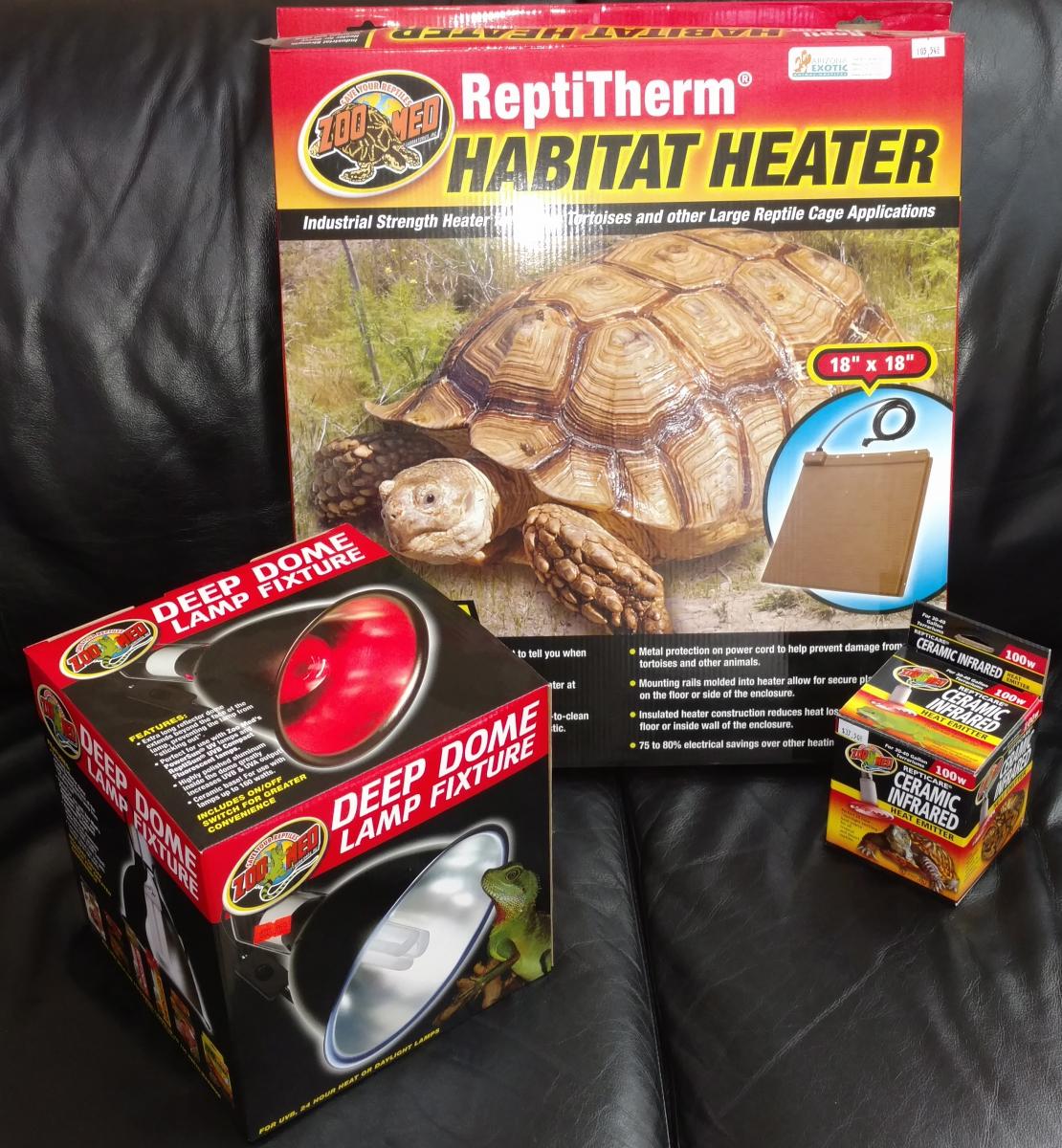 Reptiles are often referred to being “cold-blooded”, which can be misleading. More appropriately they should be considered poikilothermic or ectothermic. This means that, unlike mammals and birds, reptiles are unable to regulate their body temperatures internally and change their body temperature in adaptation to their environmental temperature. Because reptiles do not need to expend as much energy heating their bodies, they have a much lower metabolic rate than that of mammals. Each reptile species has what is referred to as its preferred optimal temperature zone which is a narrow temperature range at which they are active and undergo typical functions such as feeding, digestion, fighting off infections, and reproduction. Outside of this range these functions may be hindered or cease altogether. Some species will hibernate during colder months and during this time their metabolic rate will decrease.
Reptiles are often referred to being “cold-blooded”, which can be misleading. More appropriately they should be considered poikilothermic or ectothermic. This means that, unlike mammals and birds, reptiles are unable to regulate their body temperatures internally and change their body temperature in adaptation to their environmental temperature. Because reptiles do not need to expend as much energy heating their bodies, they have a much lower metabolic rate than that of mammals. Each reptile species has what is referred to as its preferred optimal temperature zone which is a narrow temperature range at which they are active and undergo typical functions such as feeding, digestion, fighting off infections, and reproduction. Outside of this range these functions may be hindered or cease altogether. Some species will hibernate during colder months and during this time their metabolic rate will decrease. 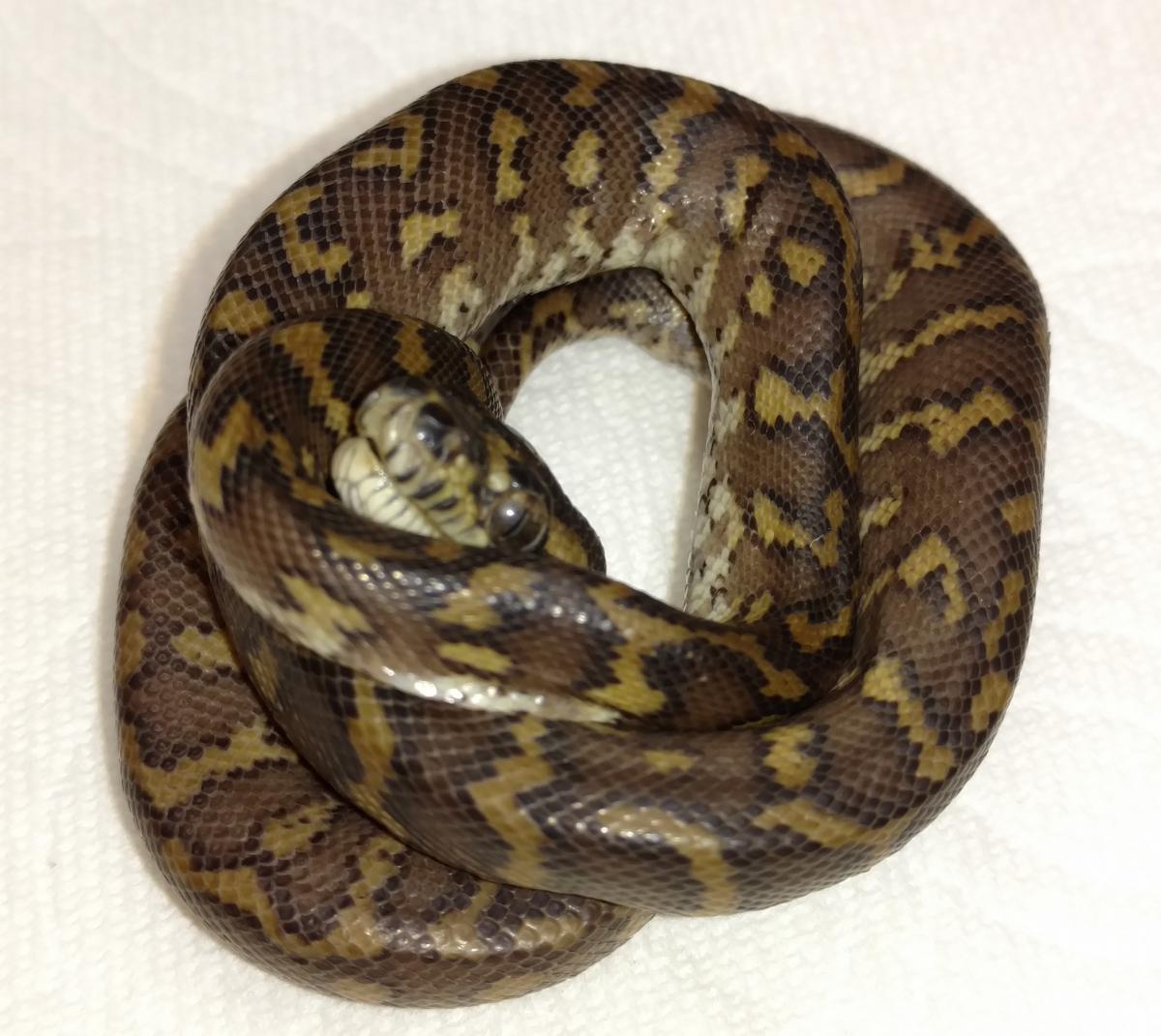 Here is a brief list of some common health problems seen in pet snakes:
Here is a brief list of some common health problems seen in pet snakes: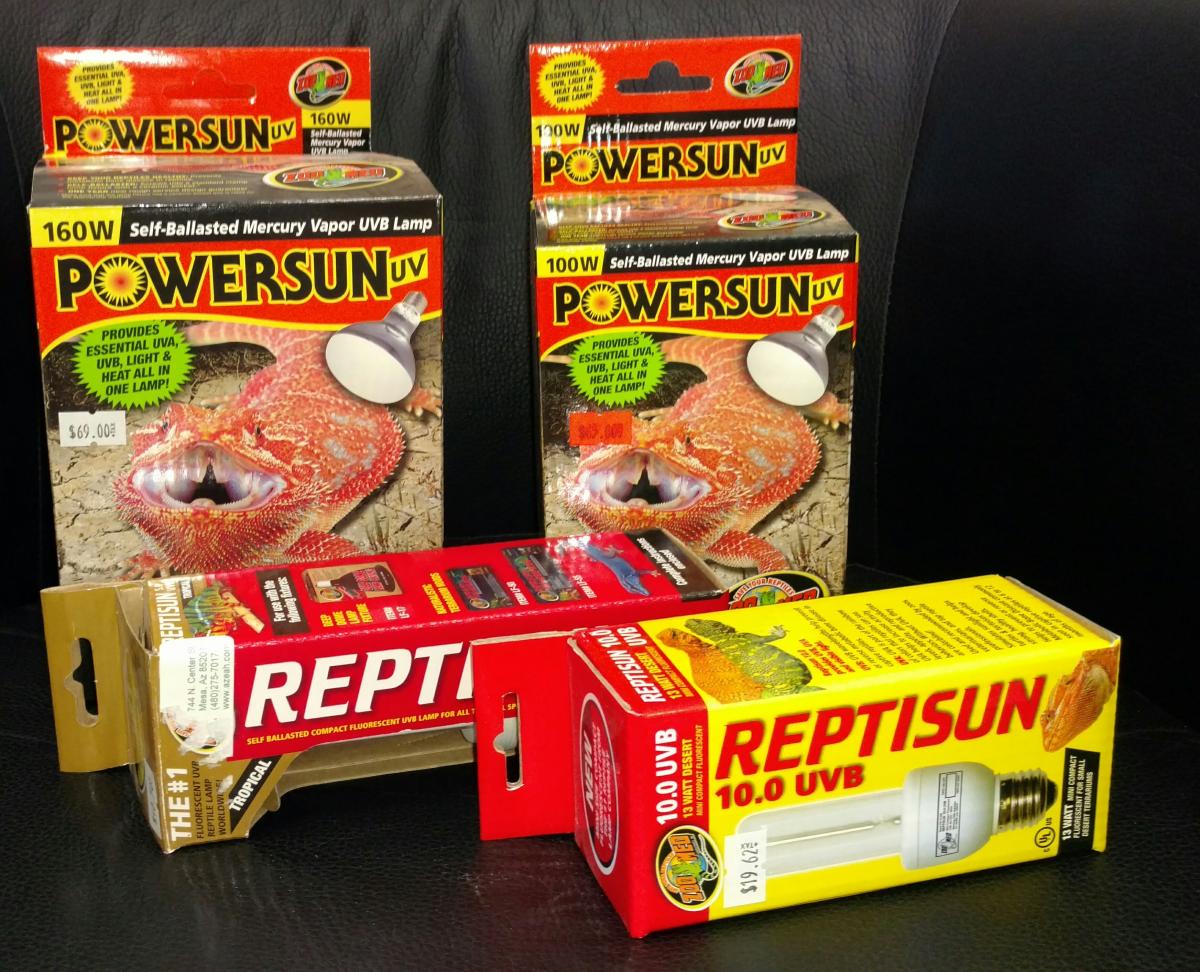 Ultraviolent or UV lighting is a type of light radiation outside of the visible light spectrum found at higher energies than violet light and it is found in 3 forms: A, B, and C. UVA is used by reptiles to regulate their daily biological cycles and rhythms. UVC is damaging radiation that leads to skin damage and cancers. UVB is the most important light for reptiles as it is necessary for many reptiles to properly absorb calcium from their diet in order to utilize it for hardening their bones and other metabolic processes throughout their bodies.
Ultraviolent or UV lighting is a type of light radiation outside of the visible light spectrum found at higher energies than violet light and it is found in 3 forms: A, B, and C. UVA is used by reptiles to regulate their daily biological cycles and rhythms. UVC is damaging radiation that leads to skin damage and cancers. UVB is the most important light for reptiles as it is necessary for many reptiles to properly absorb calcium from their diet in order to utilize it for hardening their bones and other metabolic processes throughout their bodies.